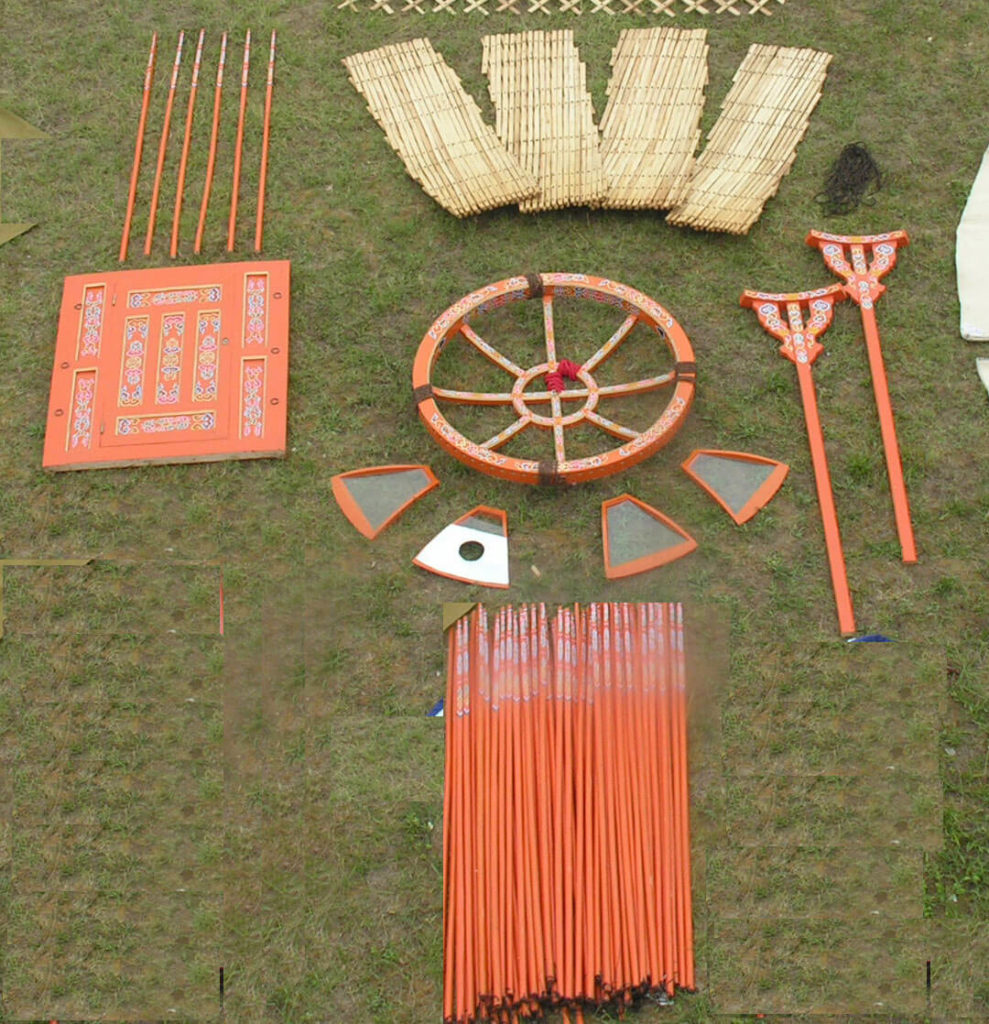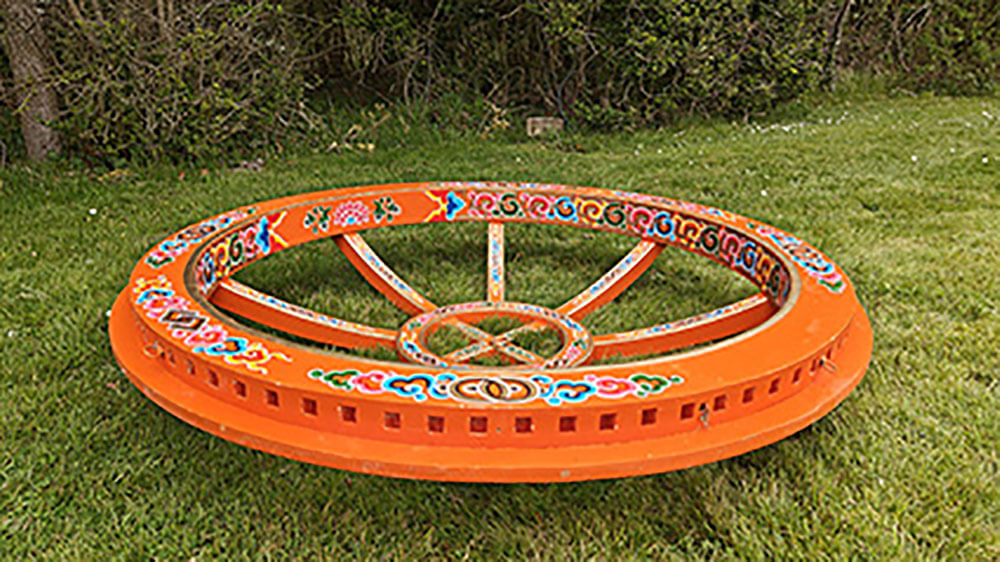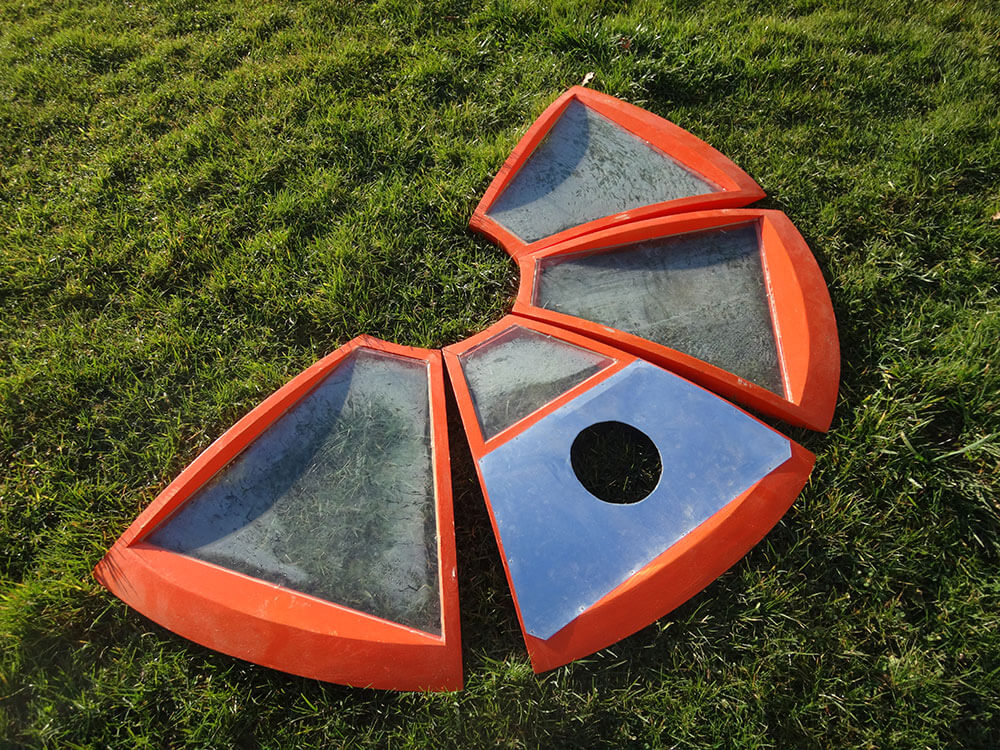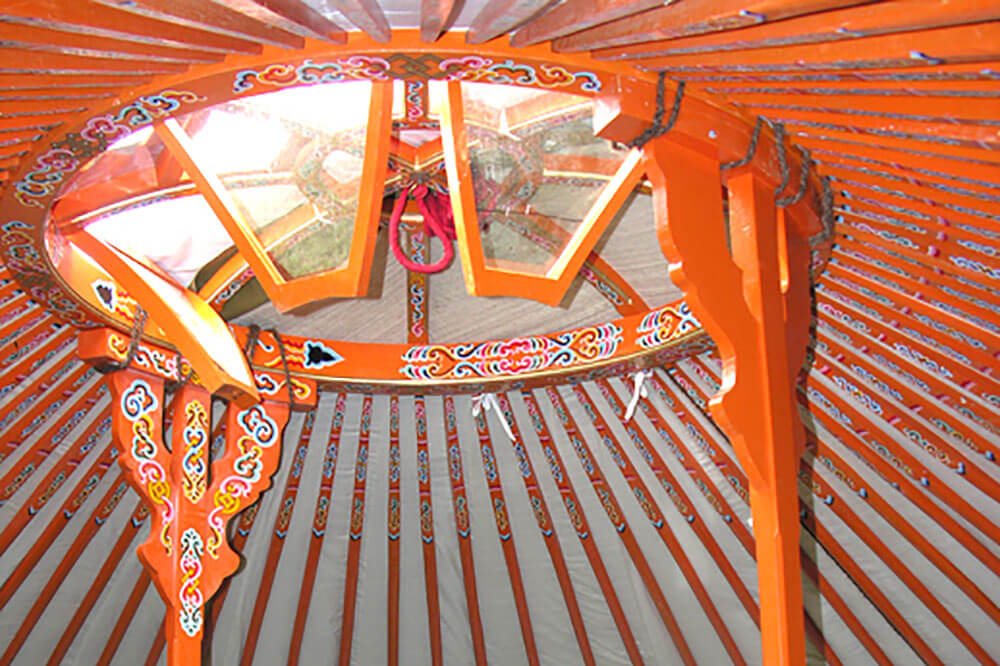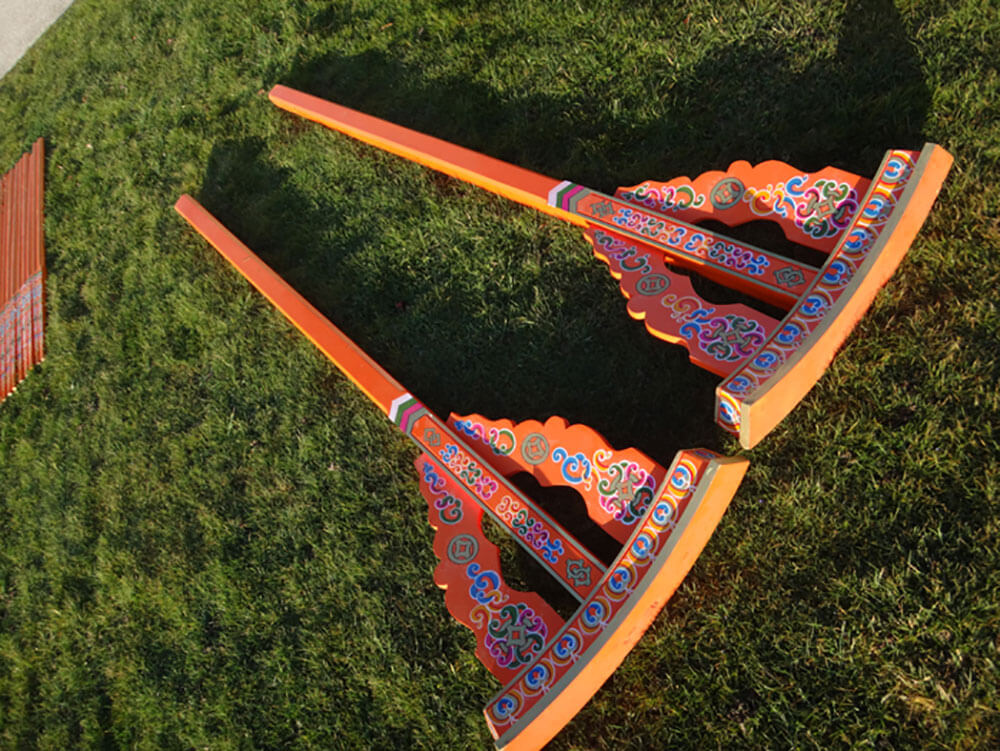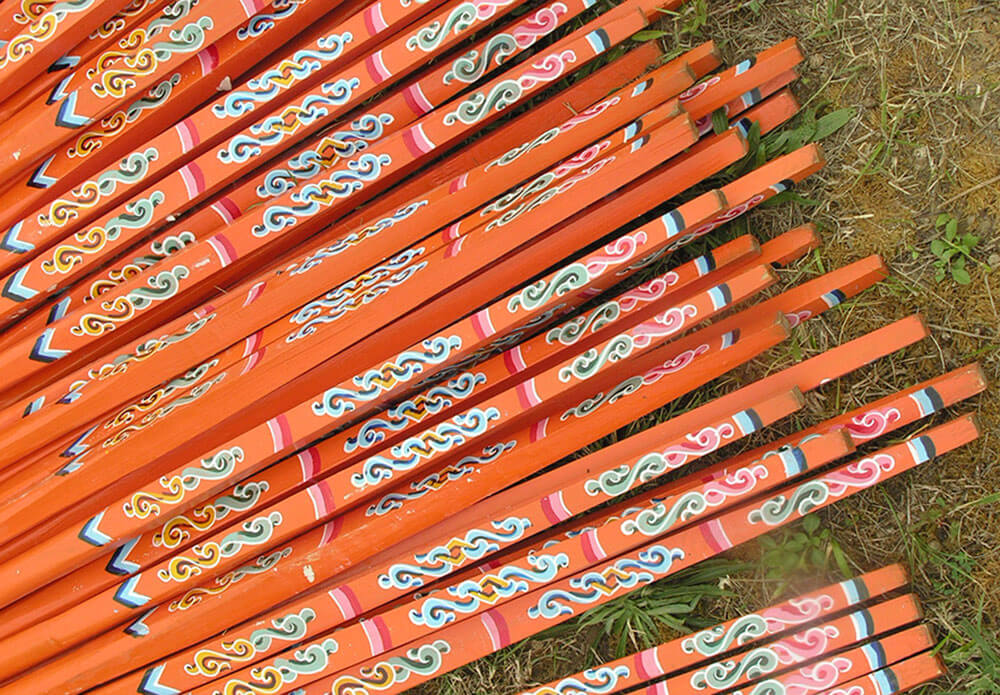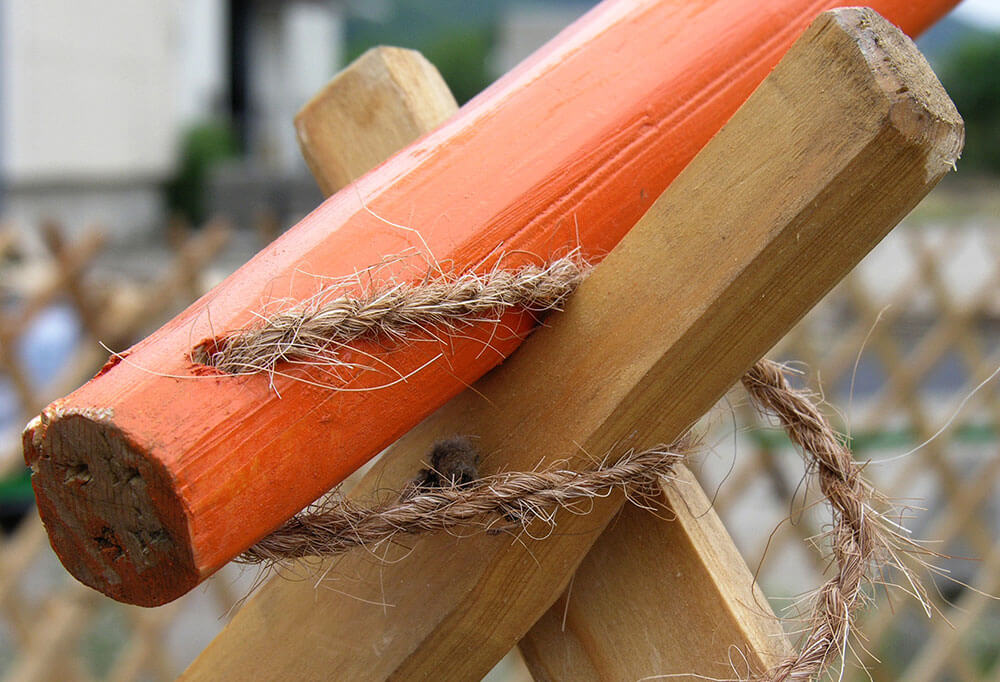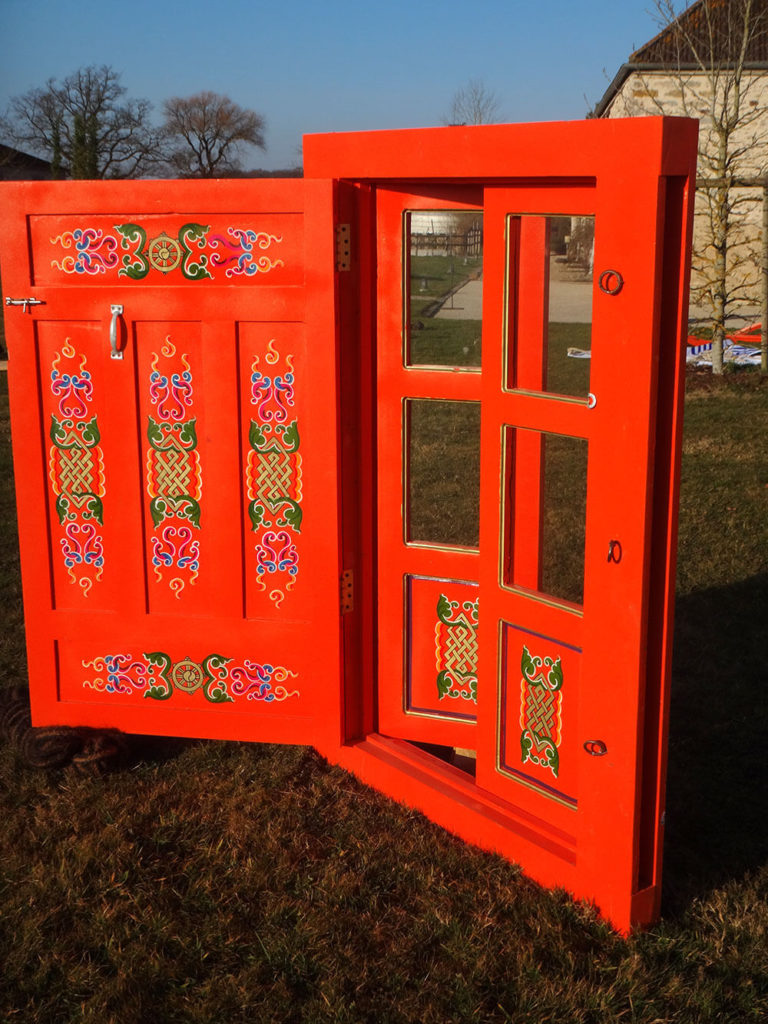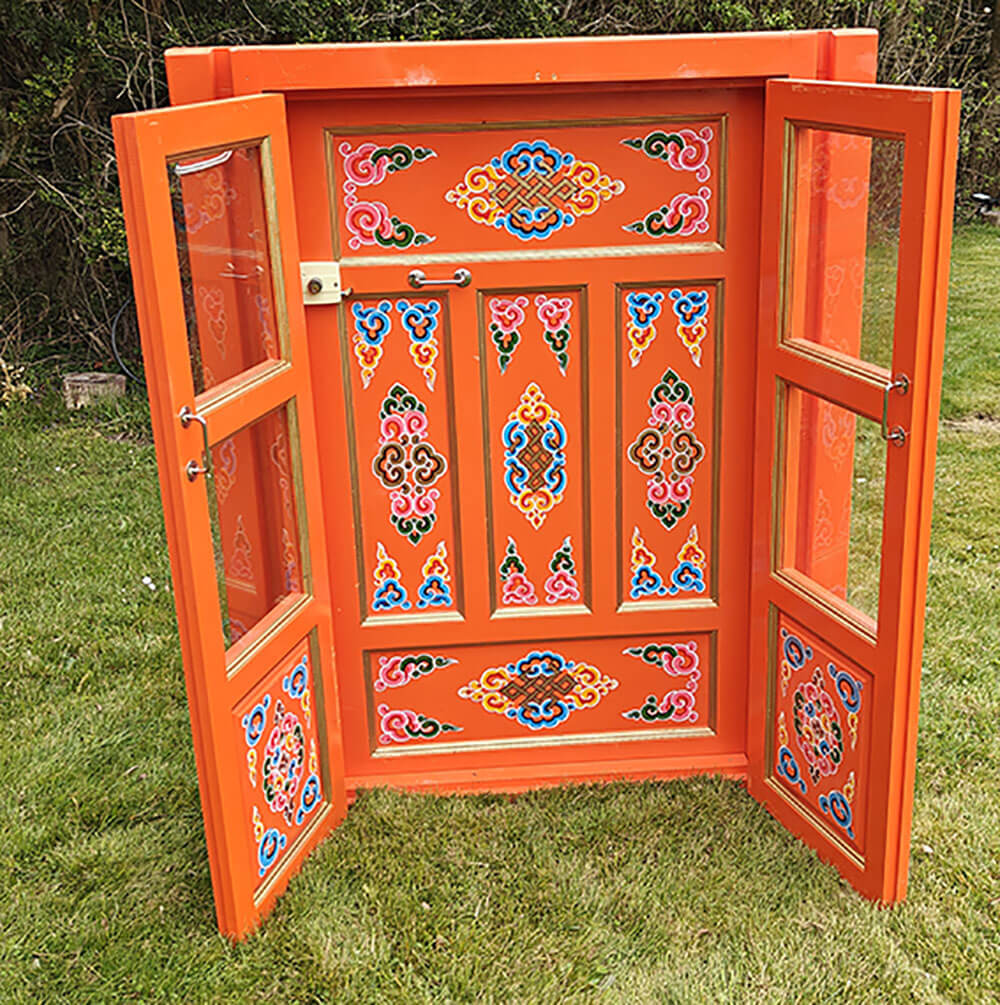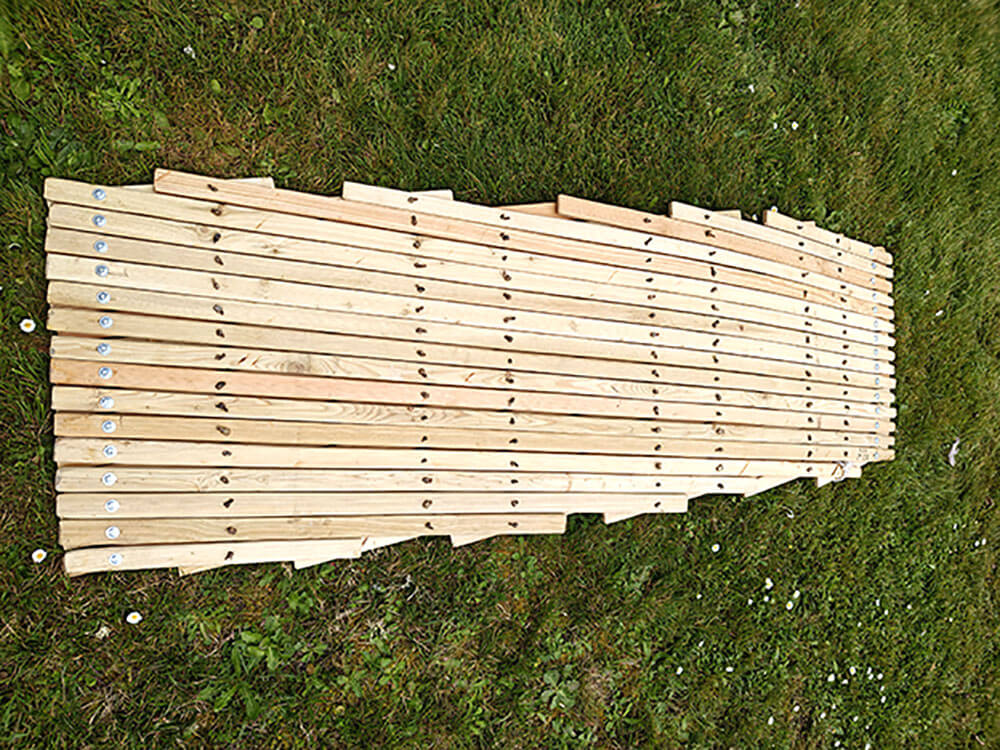WORLDWIDE GLOBAL SHIPPING
Buy Mongolian Yurts, Traditional Gers From Mongolia
Why silk road yurts
“We offer the most authentic Mongolian Yurts for the best available prices online!!”
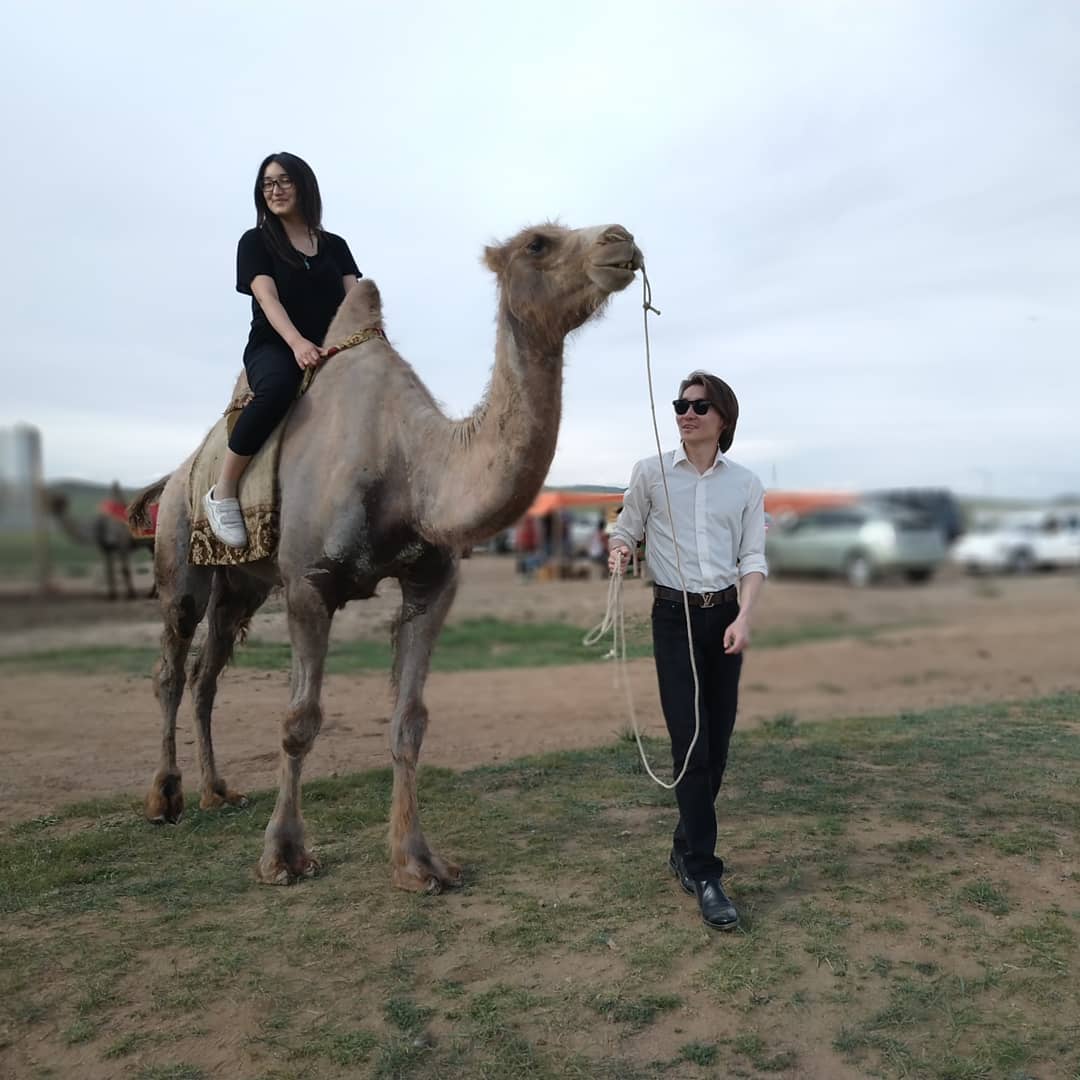
orgil.b
Founder of
Silk Road Yurts
No middlemen, get it straight from the source, the heart of Mongolia, made by craftsmen with a lifelong commitment to their craft.
Make an enquiry form to get to get shipping, logistics, and total price for our yurts. We provide all the proper certificates, paperwork, and customs documents. You won’t have to worry about packaging and handling.
We do all the heavy lifting for you! Simply order your yurt and pick it up from your local port / customs.
Available Yurts:
You will also get an instruction manual video on how to set up your ger.
Shipping and additional taxes will be calculated later based on your country and address.
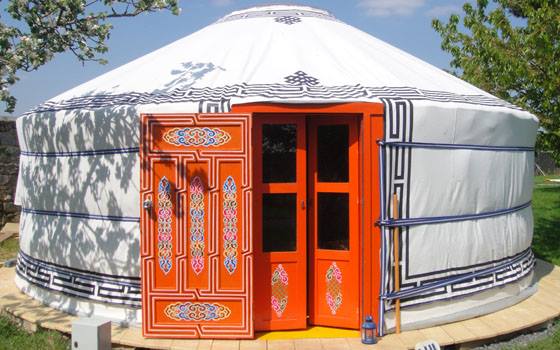
Traditional
Mongolian Yurts

Modern Yurts
With Windows
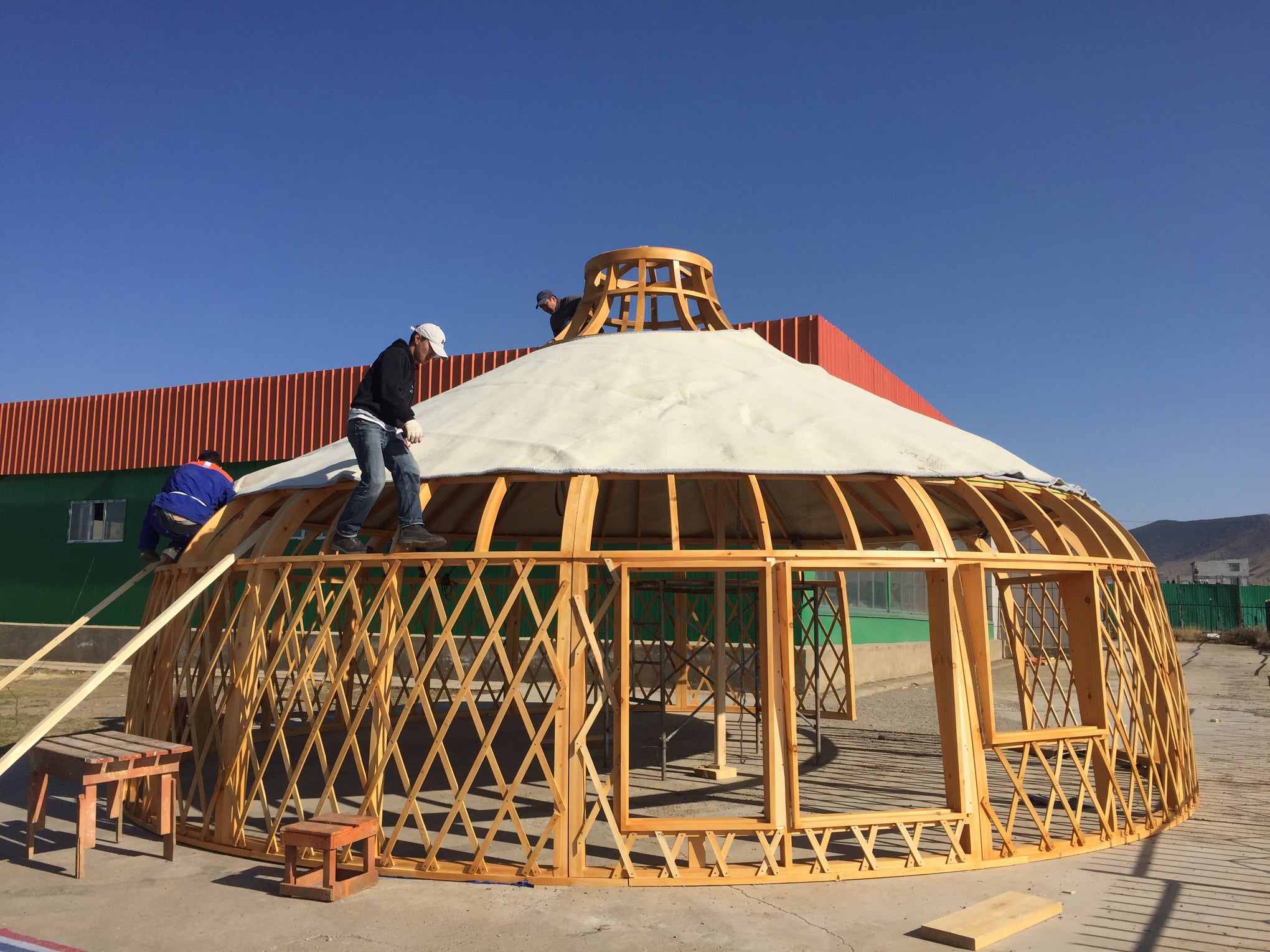
Custom-Made Luxury Yurts
Yurt Structure
Learn more about what makes the Mongolian yurt tick.
Frequently Asked Questions
About Mongolian Yurts
Learn more about Mongolian gers before you buy one. We provide the best info
when it comes to customization, culture and history of Mongolian yurts.
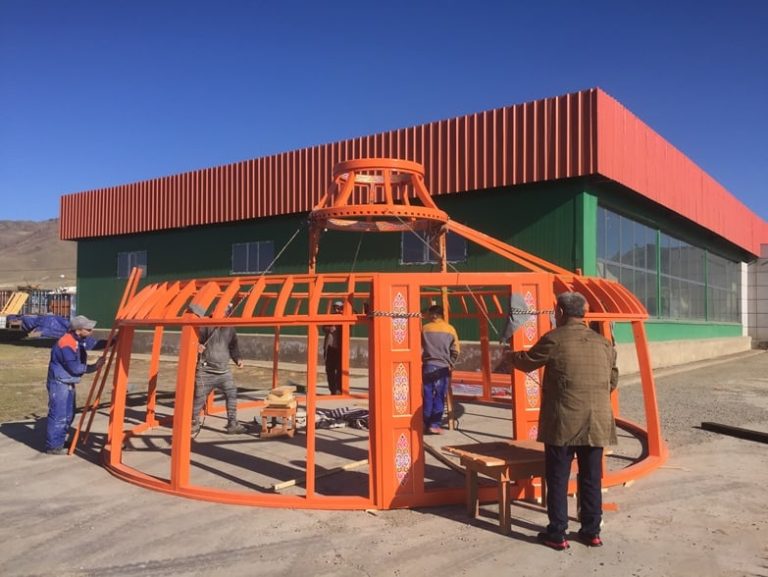
How Much Do Yurts Cost in 2025? Prices For Yurts
Whether you’re looking to rent a yurt for a weekend getaway, build one as a permanent home, or simply explore the costs involved, this guide will help you understand the various factors that influence yurt pricing, from traditional models to luxury glamping yurts and modern designs. Traditional Yurt Prices Traditional Mongolian Yurt is the most…
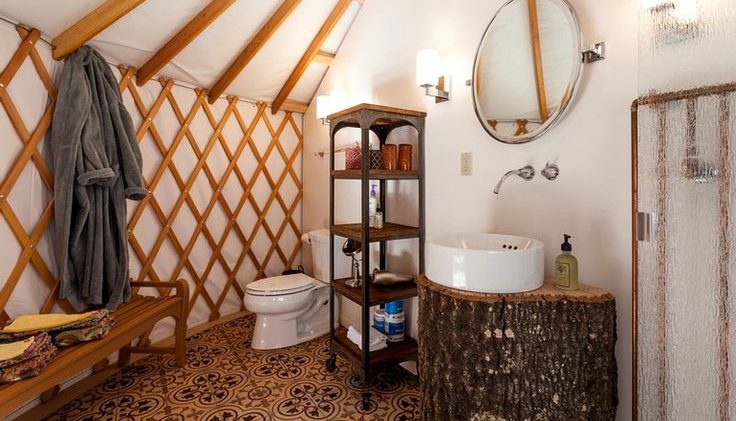
Do Yurts Have Bathrooms?
Yurts, in their traditional form, do not typically come with built-in bathrooms. However, modern yurts can be customized to include bathroom facilities. Here are some common options: Options For Yurt Bathrooms Portable Toilets: Many yurts use portable or composting toilets as a convenient solution for bathroom needs. These can be set up in a separate…
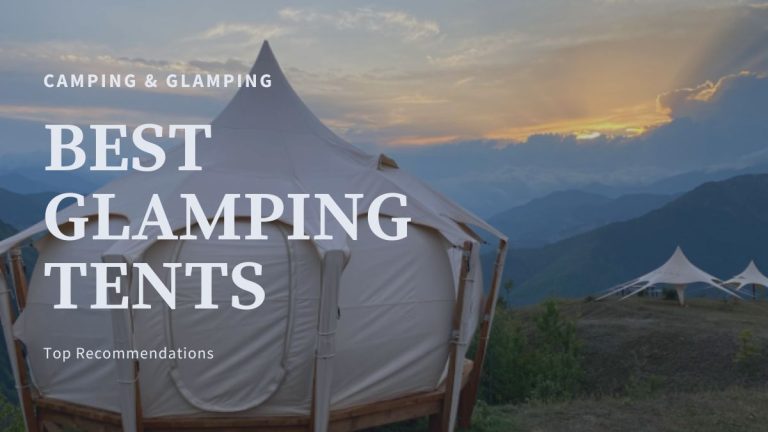
Best Glamping / Camping Yurt Tents in 2024
Are you ready to elevate your outdoor adventures with unparalleled comfort and style? Glamping yurt tents are transforming the way we experience nature, offering a perfect blend of luxury and ruggedness DANCHEL OUTDOOR Yurt Tent The DANCHEL OUTDOOR Canvas Bell Tent with Stove Jack is a top choice for year-round camping and glamping, offering a…
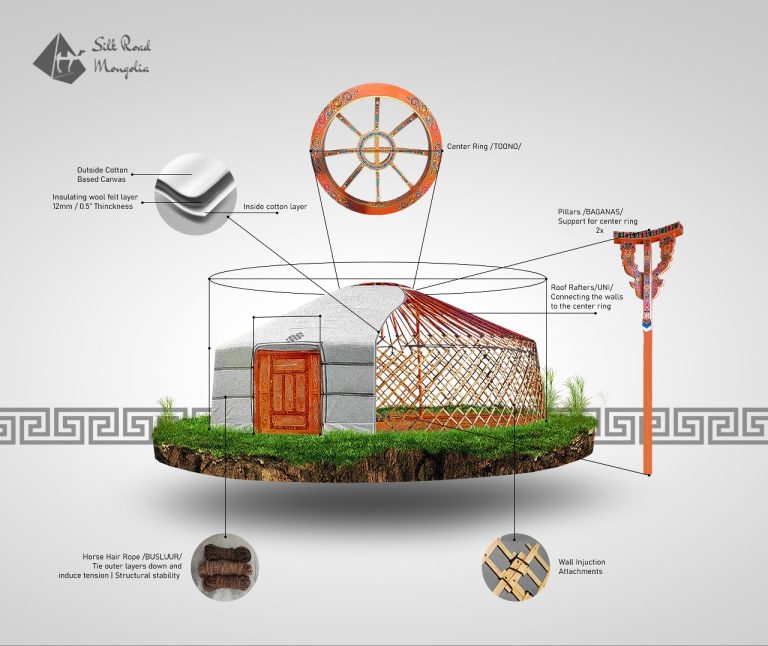
What is a Yurt? Everything You Need to Know
A yurt is a portable, round tent traditionally used by nomadic peoples in Central Asia, particularly in Mongolia, Kazakhstan, and Kyrgyzstan. Yurts are made of a wooden frame covered with felt or canvas, allowing them to be easily assembled, disassembled, and transported. History & Origins of Yurts The yurt has a rich history that dates…
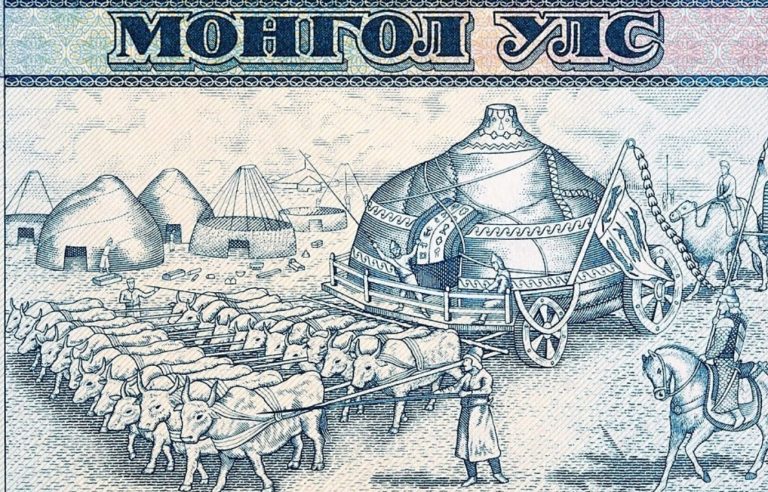
Origins of Yurts – Brief History & Overview
Yurts, the iconic round, portable homes of nomadic peoples, have a history that stretches back over 3,000 years. Originating in the vast steppes of Central Asia, these structures were essential to the survival of Mongol, Turkic, and other nomadic cultures, providing shelter in some of the most extreme climates on Earth. Today, yurts remain a…
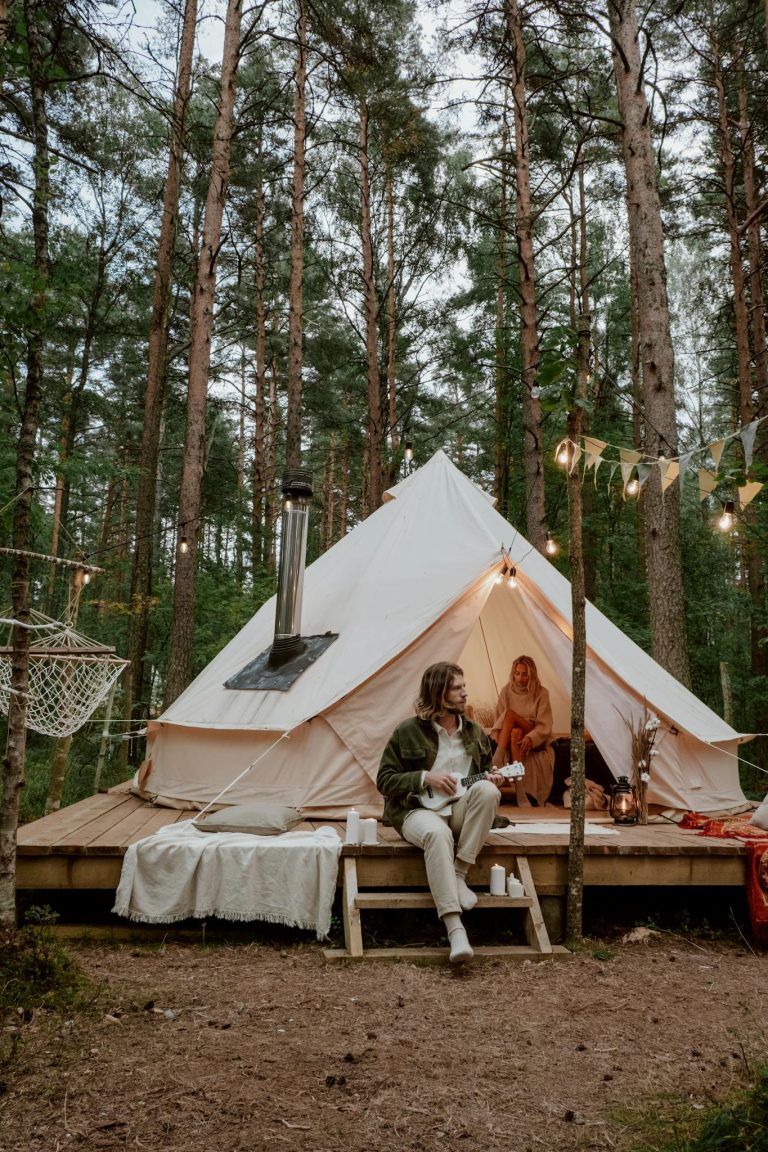
What is Yurt Camping?
Yurt camping offers a unique blend of adventure and comfort, providing an unforgettable way to experience nature. Originally used by nomadic cultures in Central Asia, yurts have evolved into modern, eco-friendly structures that combine the simplicity of camping with the convenience of cabin-like amenities. In this article, we’ll explore what yurt camping is, why it’s…
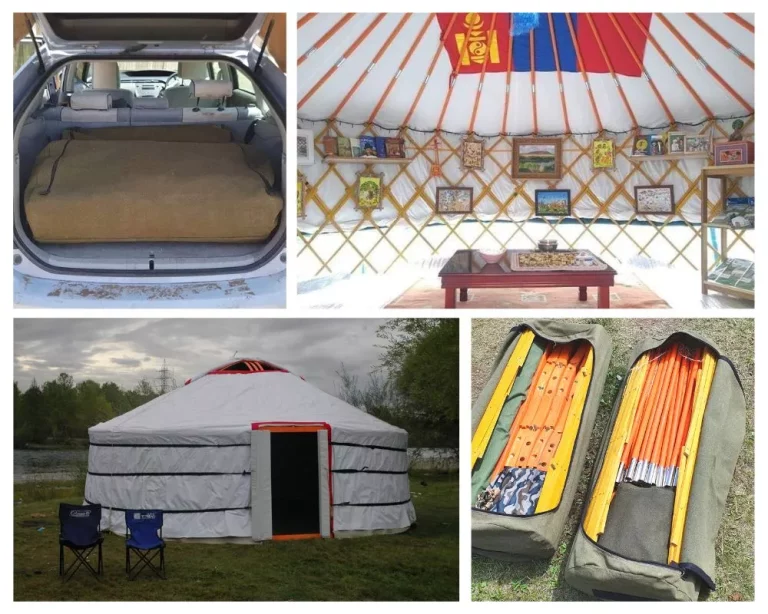
What is a Yurt Tent?
A yurt tent is like a small, circular cabin and tent in one. It’s built with a wooden frame covered by fabric. Yurts feel snug and offer a different kind of camping. They set up quickly, anywhere from one to three hours. Plus, they’re kind to the environment because they use natural stuff. Yurts come in many…
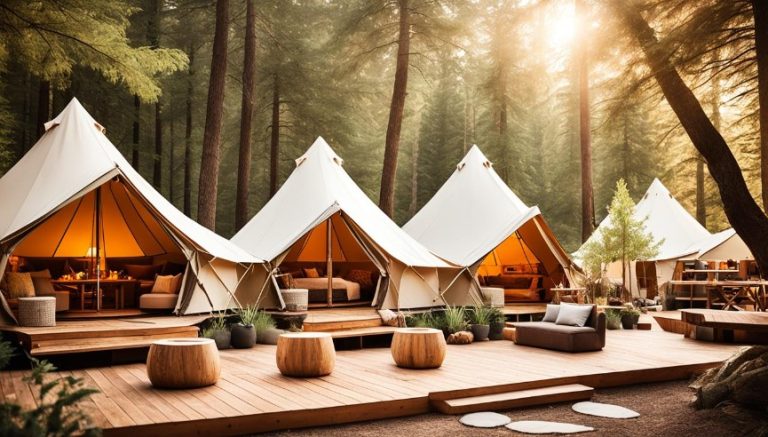
What is A Glamping Tent?
Glamping tents mix luxury with camping, offering a lavish outdoor adventure. They bring comfort, style, and a strong tie to nature to the camping experience. With designs like bungalows, teepees, and tree houses, they represent elegance in the wilderness. Glamping tents are not your average camping tent. They focus on making you feel comfortable and…
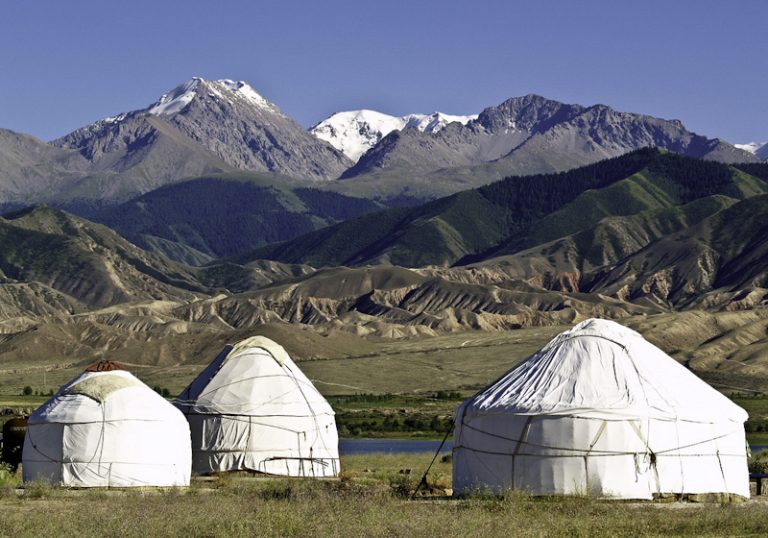
Mongolian, Kazakh, Kyrgyz Yurt Differences
In the vast landscapes of Mongolia, Kazakhstan, and Kyrgyzstan, the yurt stands as a profound symbol of culture, heritage, and nomadic tradition. Each canvas dwelling, be it the Mongolian Ger, Kazakh Yurt (Kiyiz), or Kyrgyz Yurt (Booz Yi), weaves a narrative unique to its cultural roots and historical evolution. As portable abodes resistant to the…

